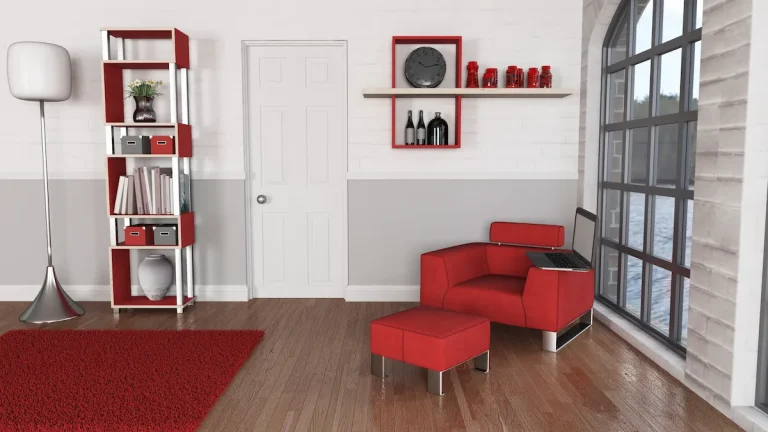Many people often use the terms rug and carpet as if they are the same, but they refer to quite different items when it comes to flooring. While both serve functional and aesthetic purposes, the difference between rug and carpet becomes evident through aspects such as size, installation, mobility, and maintenance. In this guide, we’ll explain how rugs and carpets differ, explore their individual advantages, and help you decide which is best for your home or space.
Key Differences Between Rug and Carpet
Though both rugs and carpets enhance comfort and style, they differ in practicality, usage, and how they’re installed and maintained.
1. Size and Coverage
Rugs are typically smaller textile pieces that only cover a portion of the floor. They’re ideal for defining spaces within rooms or adding a decorative accent to wooden or tile floors. Carpets, on the other hand, are designed to cover a full room from wall to wall and are fitted permanently.
This fundamental difference between rug and carpet affects how they are used in interior design. Rugs offer flexibility, whereas carpets provide consistency and full coverage.
2. Installation and Mobility
Rugs require no installation—they can be unrolled and moved easily, making them perfect for renters or those who frequently refresh their home layout. Carpets are usually fixed with adhesives or tack strips and require professional fitting.
Because of their fixed nature, carpets are more of a long-term flooring solution. This is another core difference between rug and carpet that impacts convenience and upkeep.
3. Design and Variety
Rugs often showcase bold patterns, rich colours, and cultural motifs such as Persian or Moroccan styles. They serve as statement pieces or accents. Carpets, although available in various patterns and textures, are chosen to complement rather than dominate a room’s design.
This visual distinction shows that the difference between rug and carpet isn’t only functional but also aesthetic. Rugs often lead with personality; carpets offer a more subtle and cohesive base.
4. Cleaning and Maintenance
Rugs can often be lifted, shaken, washed, or dry-cleaned depending on the fabric. This makes them easier to clean and maintain. Carpets, however, require regular vacuuming and occasional deep cleaning, especially in high-traffic areas.
This marks a notable difference between rug and carpet in terms of practicality. While rugs can be cleaned off-site, carpets must be maintained in place, which may require specialised cleaning equipment.
5. Durability and Cost
Rugs are typically less expensive than carpets due to their size and ease of replacement. They may last for years with proper care, especially high-quality woven types. Carpets usually represent a larger investment, both in material and installation, but offer greater insulation and comfort.
Understanding the financial and long-term commitment is key when considering the difference between rug and carpet. Carpets require a bigger upfront cost but provide long-term flooring stability.
Summary Table of Differences Between Rug and Carpet
| Feature | Rug | Carpet |
| Size | Small, covers part of the floor | Large, wall-to-wall coverage |
| Installation | No installation needed | Requires professional fitting |
| Mobility | Easily moveable | Fixed and permanent |
| Design Variety | Often vibrant and decorative | Generally subtle and uniform |
| Cleaning Method | Can be washed or dry-cleaned | Needs vacuuming and deep cleaning |
| Cost | Lower, easy to replace | Higher initial cost |
| Durability | Varies with quality, easy to change | Long-lasting with proper maintenance |
Final Thoughts and Choosing What’s Right for You
Deciding between a rug and a carpet depends on your lifestyle, budget, and design goals. Rugs provide flexibility, easy maintenance, and decorative flair. Carpets offer warmth, comfort, and a seamless floor finish that suits many modern homes.
By understanding the difference between rug and carpet, you’re better equipped to select the best option for your space. Whether you want a temporary pop of style or a long-term flooring investment, each plays its own valuable role.
Discover Quality Carpets at TEKA Flooring Peterborough!
Looking to upgrade your flooring? At TEKA Flooring Peterborough, we offer a wide selection of premium carpets suitable for every room, style, and budget. Our expert team provides professional advice and fitting services to ensure your new carpet meets your exact needs. Visit our showroom or browse our collection online to find the perfect carpet for your home today.
Read also:

































